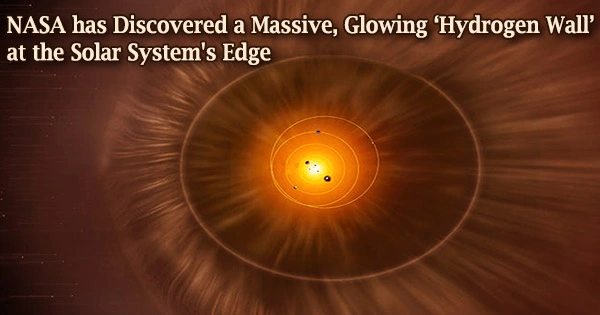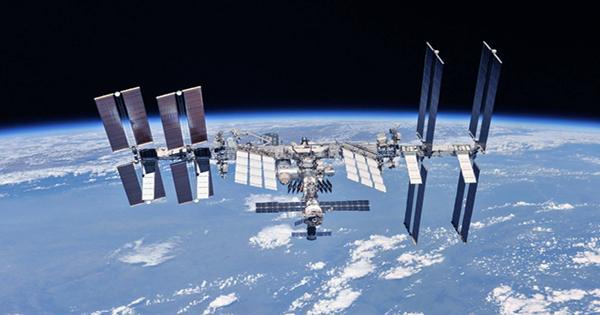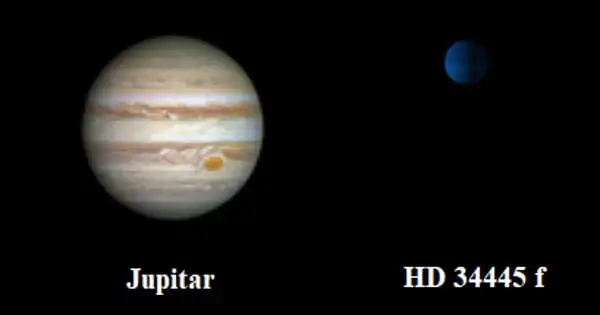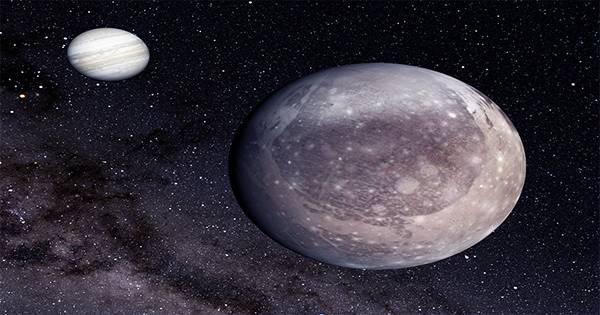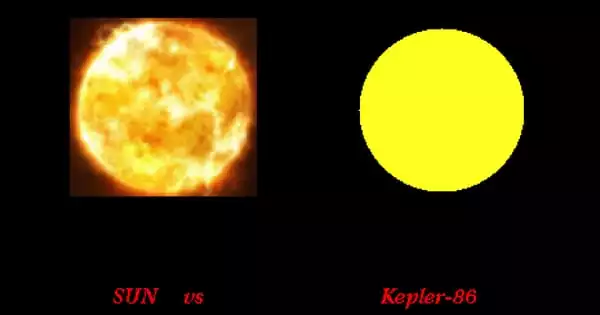The huge flaming orb churns forth a continual onslaught of charged particles known as the solar wind. Auroras dance in our polar sky due to the interaction of these particles with the Earth’s magnetic field.
However, the wind goes far beyond our planet, forming a balloon around our tiny space city. NASA scientists believe their New Horizons probe can glimpse a “hydrogen wall” at the frontier of our solar system.
That hydrogen wall is our home system’s outer limit, where our sun’s solar wind bubble ends and a mass of interstellar matter too tiny to break through it piles up, pressing inward.
This isn’t the first time scientists have caught a glimpse of the hydrogen wall. A similar signal was detected by NASA’s Voyager probes decades ago. The strange ultraviolet signal is being sent out by something gigantic, whether it is a hydrogen wall or not.
After leaving the sun far beyond Pluto’s orbit, our host star’s tremendous jets of matter and energy spread outward for a long time. However, they eventually lose their capacity to push back the dust and other matter that floats within our galaxy’s walls, and their ability to push back the thin, unexplained stuff within our galaxy’s walls wanes.
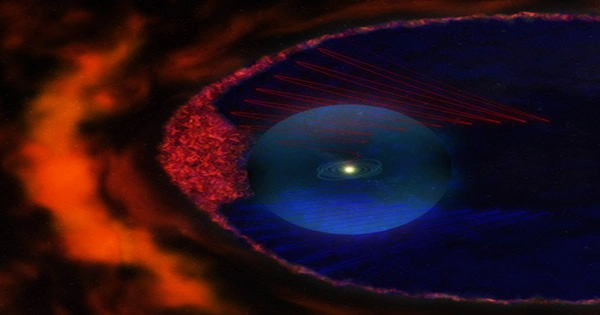
A visible border appears. The remaining traces of solar wind can be found on one side. On the other hand, there is a buildup of interstellar matter, including hydrogen, in the direction of the Sun’s passage across the galaxy.
New Horizons, the probe that famously flew past Pluto in 2015, can now see that limit, according to NASA researchers.
The researchers noted in a publication published Aug. 7 in the journal Geophysical Research Letters that what New Horizons clearly detects is some extra ultraviolet radiation of the type that such a wall of galactic hydrogen would emit.
That matches an ultraviolet signal discovered in 1992 by the two Voyager spacecraft, NASA’s farthest-traveling probes, which launched in the late 1970s.
However, the researchers stressed that the signal isn’t proof that New Horizons or Voyager have spotted the hydrogen wall. The ultraviolet light recorded by all three probes could have come from a different source, far further away in the galaxy, according to the researchers.
The researchers reported that Alice, the equipment on board New Horizons responsible for this discovery, is far more sensitive than anything the Voyagers had on board before embarking on their own trip out of the solar system.
They also expect Alice to live for another 15 to 20 years. According to the researchers, New Horizons will continue to survey the sky for ultraviolet light twice a year and report what it finds back to Earth.
